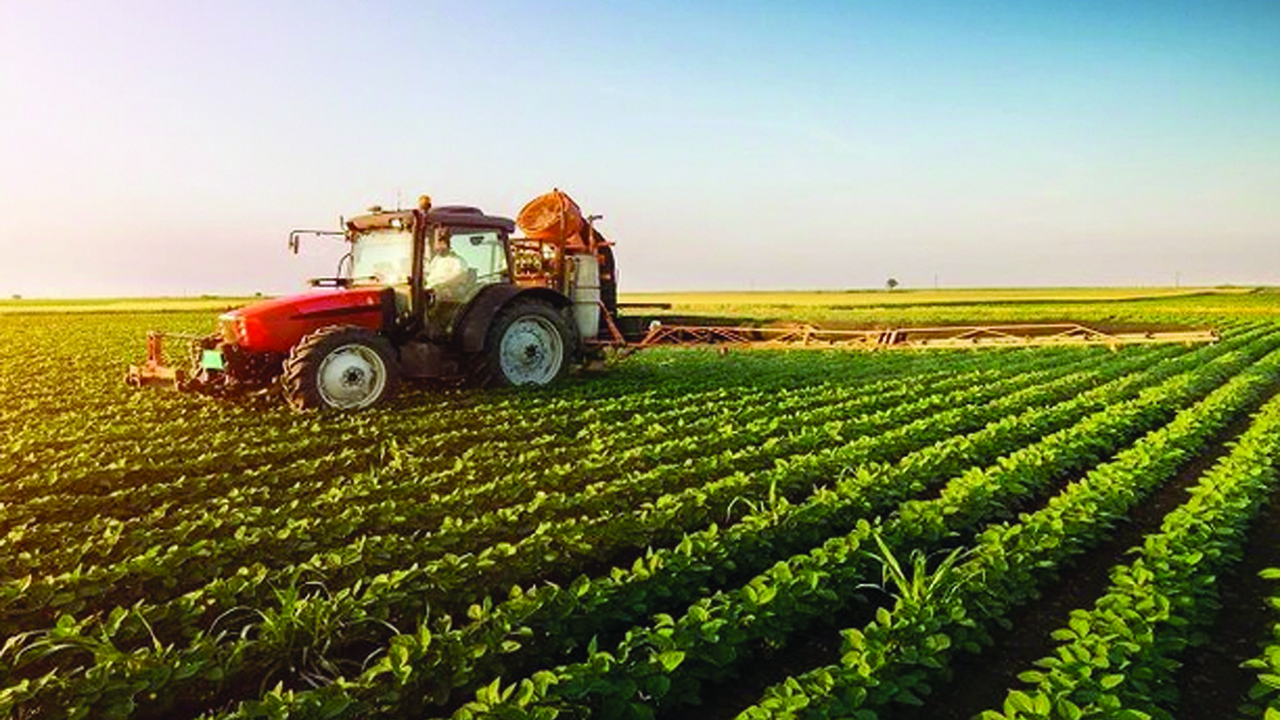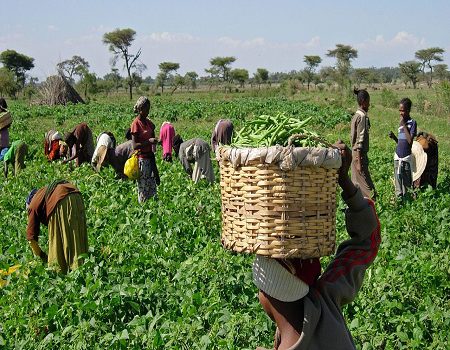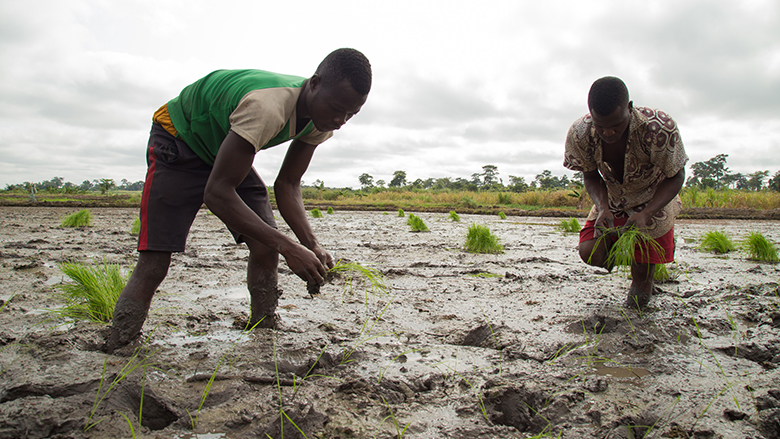Tomato Farming In Nigeria: Guide On How To Start
Tomato Farming In Nigeria: Guide On How To Start. All You Need To Know About Tomato Farming. Check This Post Now.

Do you wish to start tomato farming in Nigeria? Are you worried because you lack the basic skills? Not to worry as I’ve got you covered. In this article, I am going to show you everything you need to know about tomato farming in Nigeria. Let’s get started.
Introduction
Tomatoes are highly nutritious food. There is hardly any Nigerian food that is not cooked with tomatoes. As a result of this, dealing with tomatoes as a business is a very lucrative one. Tomato farming isn’t as difficult you might think it is. It is simply the cultivation of tomato seeds for the purpose of tomato production.
How can I start tomato farming business in Nigeria?
Generally, tomatoes take about 60 to 80 days to harvest after you have planted it. Here is how you can start tomato farming:
- pick out the seeds you want to plant
- nursery preparation
- sowing
- land prep
- transplanting
- weeding
- staking the tomatoes
- fertilizer application
- Harvesting
- Marketing
Tomato Farming In Nigeria: Guide On How To Start
1. PICK OUT THE SEEDS YOU WANT TO PLANT
The first step you need to take when starting tomato farming is picking out the seeds you want to plant. Here, you have to choose the kind of seeds you want to plant because there are varieties of them. It should be noted that the type of seed you pick would determine how big the harvest would be.
Read Also: How To Start Carrot Farming Production In Nigeria
2. NURSERY PREPARATION
The next step you need to take when starting tomato farming is Nursery preparation. Here, you are to prepare the nursery where you want to plant your tomatoes before you transplant.
3. SOWING
The next step you need to take when starting tomato farming is sowing. Usually, a seeding tray is highly recommended.
4. LAND PREP
The next step you need to take when starting tomato farming is Land prep. Land preparation is to be done to the land against transplanting. If you do not do this, your tomatoes might not develop properly.
5. TRANSPLANTING
The next step you need to take when starting tomato farming is Transplanting. Once your tomatoes are about 8cm to 10cm tall, you should know that they are ready for transplanting. You should plant immediately you remove them. This is to prevent your plants from getting infected by diseases.
Read Also: Most Lucrative Agricultural Business Ideas In Nigeria
6. WEEDING
The next step you need to take when starting tomato farming is weeding. While you protect your plants against diseases, your plants should also weeded regularly.
7. STAKING THE TOMATOES
The next step you need to take when starting tomato farming is staking the tomatoes. We have both single plant and multiple plant staking. Single plant staking is when a plant is given one stalk while multiple plant staking is done every 5 fts along the rows. It should be noted that single plant staking is expensive.
8. FERTILIZER APPLICATION
The next step you need to take when starting tomato farming is Fertilizer application. The fertilizer you choose to apply should be dependent on your soil type. This is why you need to test your soil before you do.
9. HARVESTING
The next step you need to take when starting tomato farming is Harvesting. It is better to harvest your tomatoes before they fully ripe so that they do not end up cracking or breaking. To do this, you are going to use a pair of scissors to cut off while you leave a little part of the stem still attached to the fruit. Once you are done harvesting, the tomatoes should be stored in crates.
10. MARKETING
The next step you need to take when starting tomato farming is Marketing. This happens to also be the last on our list. We know very well that tomatoes is a highly perishable good and as such, you are advised to do your marketing earlier than you harvest so that they would not spoil.
Read Also: Top 100 Companies Where An Agricultural Economist Work In Nigeria
Conclusion
Overall, you should not forget the importance of watering your tomatoes regularly. You should also try as much as possible to keep your tomatoes away from pests.
We Believe This Article Was Helpful, Don’t Hesitate To Share This Information With Your Friends On Facebook, Twitter, Whatsapp and Google plus.
Copyright Warning: Contents on this website may not be republished, reproduced, redistributed either in whole or in part without due permission or acknowledgement. All contents are protected by DMCA.
The content on this site is posted with good intentions. If you own this content & believe your copyright was violated or infringed, make sure you contact us via This Means to file a complaint & actions will be taken immediately.



